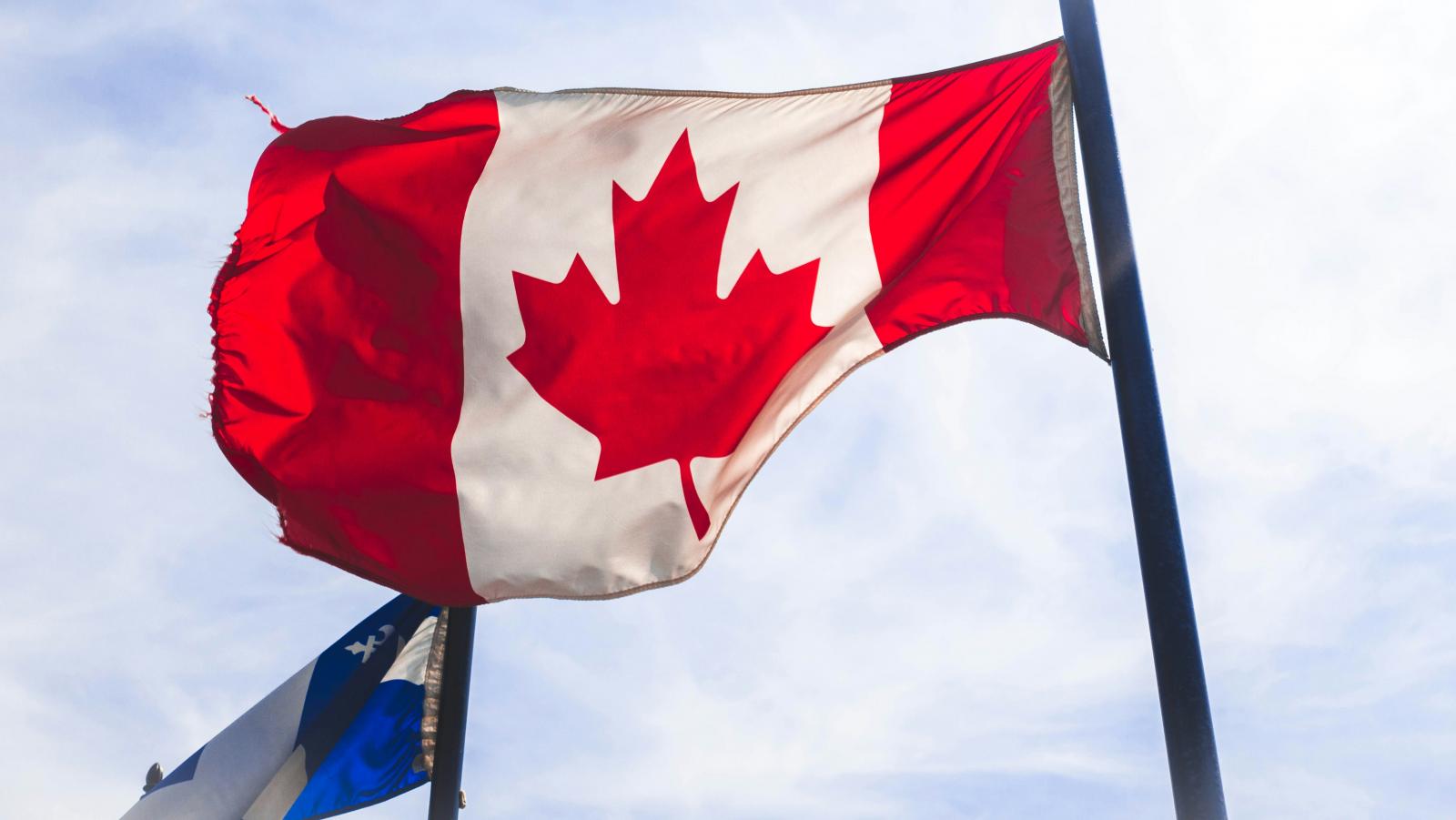Gaining Canadian citizenship is a coveted goal for many international students who choose Canada for their studies. The path from being an international student to becoming a Canadian citizen is paved with various steps, each requiring careful attention and adherence to legal and procedural norms. Here’s a detailed guide on how to transition from a study permit to Canadian citizenship, find out here.
Documents Required For Canadian Citizenship
1. Proof of Permanent Resident Status
You must provide documents that prove your status as a permanent resident in Canada. This can include a copy of your Permanent Resident Card (PR Card) or your Record of Landing (IMM 1000) if you became a permanent resident before the PR Card system was introduced.
2. Proof of Language Proficiency
Canada requires applicants aged 18-54 to demonstrate an adequate level of English or French. You can prove this through various means, such as:
Results from a CIC-approved third-party test.
Evidence of completion of secondary or post-secondary education in English or French, either in Canada or abroad.
Certificates or diplomas from secondary or post-secondary education in English or French.
3. Personal Identification
You'll need to submit copies of personal identification documents. These may include:
Your current passport or travel document, even if it's expired.
Birth certificate.
If applicable, marriage certificate or divorce decree to prove any change in name or marital status.
4. Photographs
Recent photographs of yourself that meet the specific requirements set by Immigration, Refugees and Citizenship Canada (IRCC) for citizenship applications must be included. The specifications for these photos are detailed on the IRCC website and are crucial for the creation of your citizenship certificate.
5. Immigration Documents
This encompasses any documents related to your immigration history, including:
A copy of your Record of Landing (IMM 1000) or Confirmation of Permanent Residence (IMM 5292 or IMM 5688).
Copies of your study permits or work permits if they were part of your journey towards permanent residency.
6. Tax Filings
Proof of tax filings for at least three years within the five-year period before the date of your application is required to demonstrate that you have met your tax obligations in Canada. This can include copies of your Notice of Assessment (NOA) from the Canada Revenue Agency.
7. Physical Presence Calculator Printout
You must complete the physical presence calculator on the IRCC website and print out the results. This document will show that you have been physically present in Canada for at least 1,095 days within the five years immediately before the date of your application.
8. Payment Receipt
Proof of payment of the citizenship application fee is required. Ensure you follow the current payment instructions on the IRCC website, as methods and amounts can change.
Additional Documents
Depending on your situation, you may need to provide additional documents. For example:
If you have children and are applying on their behalf, you'll need their birth certificates and any legal documents related to custody.
Documents explaining any absences from Canada if they are substantial or require clarification.

Step By Step Guide To Getting Canadian Citizenship After Study
Step 1: Obtain a Study Permit and Complete Your Studies in Canada
The journey begins with obtaining a Canadian study permit, allowing you to study at a designated learning institution (DLI) in Canada. Ensure that the program you enroll in qualifies under the guidelines set by Immigration, Refugees, and Citizenship Canada (IRCC) for post-graduation work permit eligibility. Completing your studies successfully is crucial, as this is the foundation upon which your pathway to citizenship begins.
Step 2: Gain Work Experience in Canada
After completing your studies, the next step is to gain Canadian work experience. International graduates can apply for a Post-Graduation Work Permit (PGWP), which allows them to work in Canada for any employer for up to three years, depending on the length of their study program. Gaining work experience in Canada is vital, as it not only enhances your resume but also contributes significantly to your eligibility for permanent residency through programs such as the Canadian Experience Class (CEC) within the Express Entry system.
Step 3: Apply for Permanent Residency
As you accumulate Canadian work experience, you can begin preparing your application for permanent residency (PR). The Express Entry system is one of the most popular pathways for international graduates. Within Express Entry, the Canadian Experience Class is specifically designed for those with Canadian work experience. Ensure you meet the criteria, including language proficiency in English or French, and submit a comprehensive application. The Comprehensive Ranking System (CRS) score will determine your position in the pool of candidates, so maximizing your score through additional points for Canadian education and work experience is crucial.
Step 4: Maintain Permanent Resident Status and Meet Residency Obligations
Once you obtain PR status, you must maintain it and meet certain residency obligations to be eligible for citizenship. You need to be physically present in Canada for at least 1,095 days (3 years) out of the 5 years before applying for citizenship. During this time, it’s important to adhere to Canadian laws and accumulate the necessary documents to support your citizenship application, including tax filings, which prove your residence in Canada.
Step 5: Apply for Canadian Citizenship
After meeting the residency obligation and ensuring you have no unfulfilled conditions related to your PR status, you can apply for Canadian citizenship. You’ll need to pass a citizenship test focused on Canadian history, values, institutions, and symbols if you’re between 18 and 54 years of age. Additionally, you must demonstrate language proficiency in English or French. Gather all required documents, fill out the application forms, and submit your application along with the processing fee.
Step 6: Attend the Citizenship Ceremony
Once your application is approved, the final step to becoming a Canadian citizen is attending the citizenship ceremony. Here, you’ll take the oath of citizenship, officially granting you Canadian citizenship status. This ceremony is not only a legal requirement but also a celebration of your journey and commitment to being part of the Canadian fabric.
Conclusion
The transition from an international student to a Canadian citizen is a rewarding journey that requires planning, dedication, and adherence to Canada’s immigration policies. It’s a path filled with opportunities for personal and professional growth, leading to the ultimate reward of becoming a Canadian citizen. Remember, each individual’s path may vary, and staying informed about the latest immigration policies and procedures is crucial. Consulting with immigration professionals for guidance and support can also facilitate a smoother transition!







